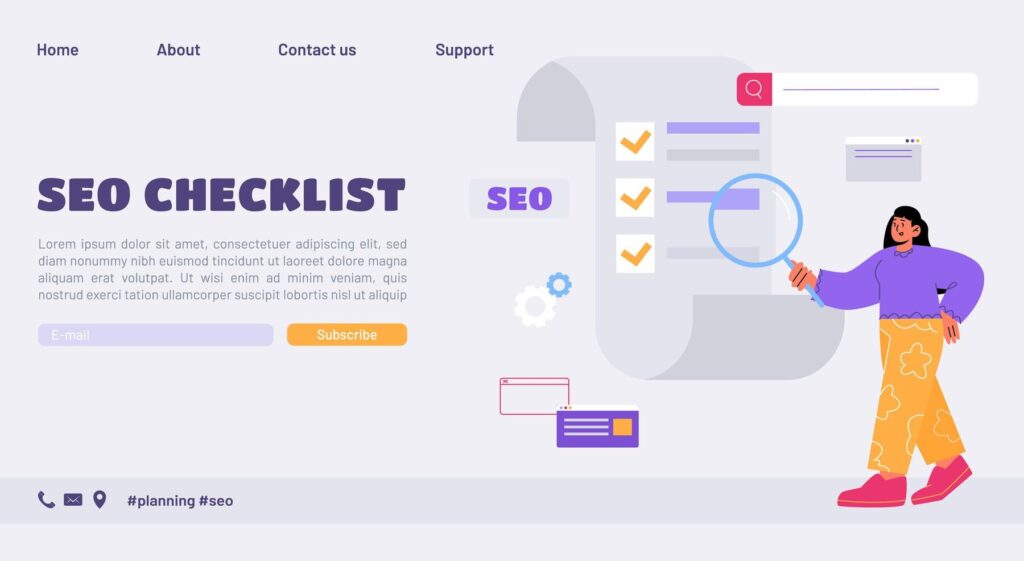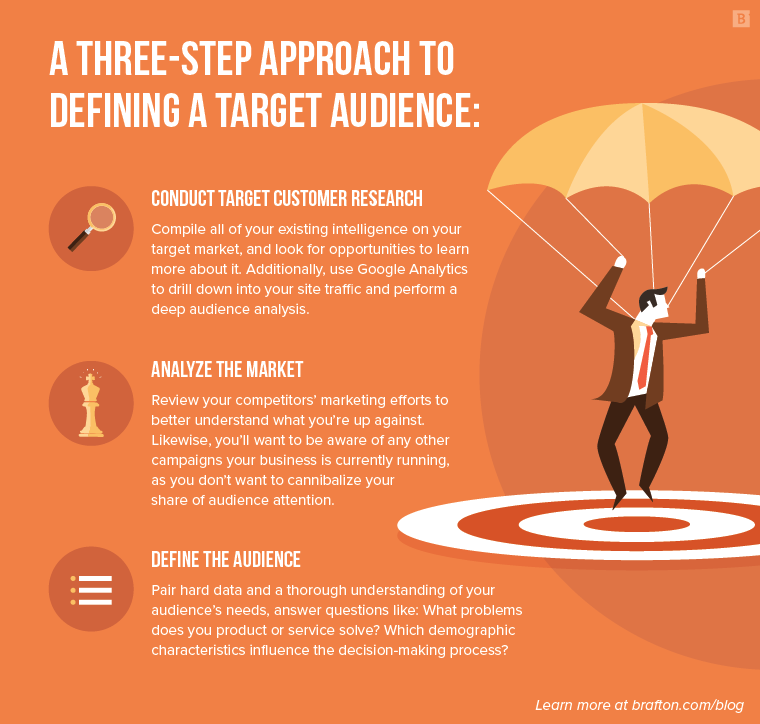How to Write a Content Brief to Drive Traffic
Creating engaging content doesn’t begin with writing the first word. It begins with a carefully planned content brief that not only helps reduce your writer’s production time but also enhances the quality of your website’s content.
By providing your team with the necessary information, you can ensure they create content that aligns with your guidelines and effectively converts readers.
What is a Content Brief?
A content brief is a document that provides essential information and instructions to your team for creating content, such as a blog post or landing page. It helps your team understand the expectations regarding the message, tone, format, and goals of the content.
Key elements of a content brief include:
-
A suggested title
-
A description of the content
-
Important details, such as content type, deadlines, word count, author, and target keywords
-
Recommended resources to help the author get started with their research
-
A rough outline for the writer to follow
Information on the tone or voice of the content. If available, a link to a style guide should be included.
Benefits of a Well-Executed Content Brief
A well-crafted content brief to drive traffic provides several key advantages. Here are some of the most important benefits:
- Clear direction and focus for your team: The content creator can produce a final product that aligns with the goals and messaging outlined in the brief.
- Consistency across content: When multiple writers and creators are involved, maintaining consistency can be difficult. A content brief helps ensure that the tone and brand voice remain consistent across all posts and articles.
- Easy collaboration: Sales, marketing, and design teams can stay aligned and communicate effectively about their respective roles. A single content brief serves as a central reference point for everyone involved.
How to Write a Content Brief to drive traffic in 8 Steps
To create an effective content brief, you need to include several key elements. These elements help keep each brief organized and ensure that writers clearly understand their objectives when creating the content.
1. Craft a Workable Page Title
The title should be catchy and engaging for the reader while also including the target keyword so search engines can understand what the article is about. This can be a working title for now, and the writer can refine it once the content is complete.
2. Provide Foundational Information
Foundational information should include details like content length and word count. You should also specify whether any graphics or videos need to be created. Some articles or blogs might require an interactive tool, while social media content could involve polls or surveys.
Other important foundational details include deadlines, as well as timelines for editing, and when first and second drafts are due.
3. Explain the Goal and Give the Angle
Provide a clear description of the content’s goal. For instance, are you focusing on brand awareness or education? Additionally, specify which stage of the content marketing funnel the article is aimed at.
4. Describe Your Target Audience
Describe who the content is intended for. You can include demographic factors such as age, location, and interests, as these influence writing style and references. Additionally, highlight the audience’s pain points, goals, and what will motivate them to take action or make a decision.
5. Give a Voice and Persona
Specify the desired tone of the content, whether it’s aimed at a professional or casual audience. Indicate the type of buyer persona the content is addressing and define the brand voice. You can provide examples from other works on the site or even include a paragraph or two to demonstrate the desired style.
6. Create a Rough Outline
You can either create a rough outline or provide general key notes about the core message and main points that need to be communicated. While it’s important to encourage the writer’s creativity and give them freedom, it’s also essential to highlight the key objectives that should be covered in the piece.
7. Give Links, Sources, and Examples Where Applicable
Other articles or search results might need to be considered when creating the content. Review what competitors are doing and assess if there’s already existing content on the topic. Think about what unique value you can add. You can provide the writer with links to relevant sources or articles as a starting point for their research.
8. Add a Search Engine Optimization (SEO) Checklist
Include an SEO checklist in your content brief with tick boxes to remind the writer and editor about key optimization points. For example, specify two or three keywords that must be included within the article and headings.
You can also outline a linking strategy, such as internal linking. At the end of the brief, include a box for the metadata description, which should briefly summarize the article.






Content Brief Templates for Different Types of Content
While content brief templates often share similar elements, certain types of content require unique considerations. Some types of content that your brief could cover include:
Blog posts and articles
Social media posts
Video scripts
Email newsletters
White papers and ebooks
The length, tone, and target audience will vary across these different types of content. Another key element that will differ is the call to action (CTA). This defines the action you want the reader to take after engaging with the content, guiding them toward the next step.
Measuring the Effectiveness of a Content Brief
There are several ways to determine whether a content brief is effective. The first step is to get feedback from the writers. Do they find the brief clear and helpful? Is there any important information missing, or do they feel it includes too much detail that limits their creativity?
Once the brief has been in use for a while, assess the quality of the content it produces. This can be done during the editing stage as well as by analyzing performance metrics. Data such as engagement, leads, and sales will indicate whether the content is resonating with the audience as intended.
Not all content briefs are equally effective, and their impact can vary depending on the type of content being created. Over time, you may need to refine the brief by adjusting the details provided or creating different templates for different content types. This flexibility ensures that the brief remains a useful tool for your team.
Need More Content Than Your Team Can Handle?
If your team is struggling to keep up with content demands, outsourcing can be a smart solution. Instead of overloading your in-house team, you can partner with a professional agency like Artechlead.
At Artechlead, we have a dedicated team of over 100 expert writers who specialize in creating high-quality content tailored to your needs. Whether you need engaging blog posts, SEO-optimized website content, or compelling social media updates, we’ve got you covered.
Outsourcing to a content agency not only saves time but also ensures consistency, quality, and scalability. With Artechlead, you can focus on growing your business while we handle your content creation needs. Let us help you craft content that drives traffic, boosts engagement, and enhances your brand’s online presence.
Author







